Sump Pump Installation and Maintenance: A Comprehensive Guide
This article provides a comprehensive guide on Sump pump installation and maintenance, covering topics such as choosing a suitable location, installation process, maintenance tips, and troubleshooting common problems.
Introduction
A Sump pump is an essential device for homeowners who live in low-lying areas or areas prone to flooding. It is designed to pump water out of the sump pit in the basement of your home and away from your house, protecting your home from water damage. However, to ensure your Sump pump operates efficiently and effectively, it is crucial to install and maintain it correctly.
Choosing a Suitable Location
When choosing a location for your Sump pump, it is important to select an area that is at the lowest point of your basement floor. This will ensure that the water flows into the pit naturally. Additionally, you should ensure that the location is accessible, with enough space to install the pump and the discharge pipe.
Installation Process
The installation process of a Sump pump may vary depending on the specific model and manufacturer. However, the following steps provide a general guideline for installing a Sump pump.
Prepare the pit – Ensure that the sump pit is free from debris and that the bottom of the pit is level.
Install the pump – Place the pump in the pit and connect it to the discharge pipe.
Install the check valve – The check valve prevents water from flowing back into the pit after the pump stops working.
Connect the power source – Connect the pump to a power source. Some models may require a GFCI outlet for safety.
Test the pump – Fill the pit with water and check that the pump is working correctly.
Maintenance Tips
To ensure that your Sump pump operates efficiently and effectively, it is important to perform regular maintenance. Here are some tips to keep your Sump pump in good condition:
Check the pump regularly – Inspect the pump for any signs of wear and tear, rust, or damage.
Clean the pit – Clear the pit of any debris, silt, or mud that may interfere with the pump’s operation.
Test the pump – Periodically test the pump by pouring water into the pit to ensure it is working correctly.
Replace the battery – If your Sump pump is battery-powered, replace the battery every two to three years to ensure it continues working during a power outage.
Troubleshooting Common Problems
Despite regular maintenance, Sump pumps may encounter common problems such as clogging, power failures, and switch problems. Here are some tips for troubleshooting common Sump pump problems:
Check the switch – Ensure that the switch is not stuck in the on or off position.
Check the power source – Ensure that the pump is receiving power and that the circuit breaker is not tripped.
Clear any clogs – If the pump is not working correctly, check for any clogs in the discharge pipe or the pump.
Conclusion
Sump pump installation and maintenance are crucial to protect your home from flooding and water damage. By choosing a suitable location, following the installation process, performing regular maintenance, and troubleshooting common problems, you can ensure that your Sump pump operates efficiently and effectively.

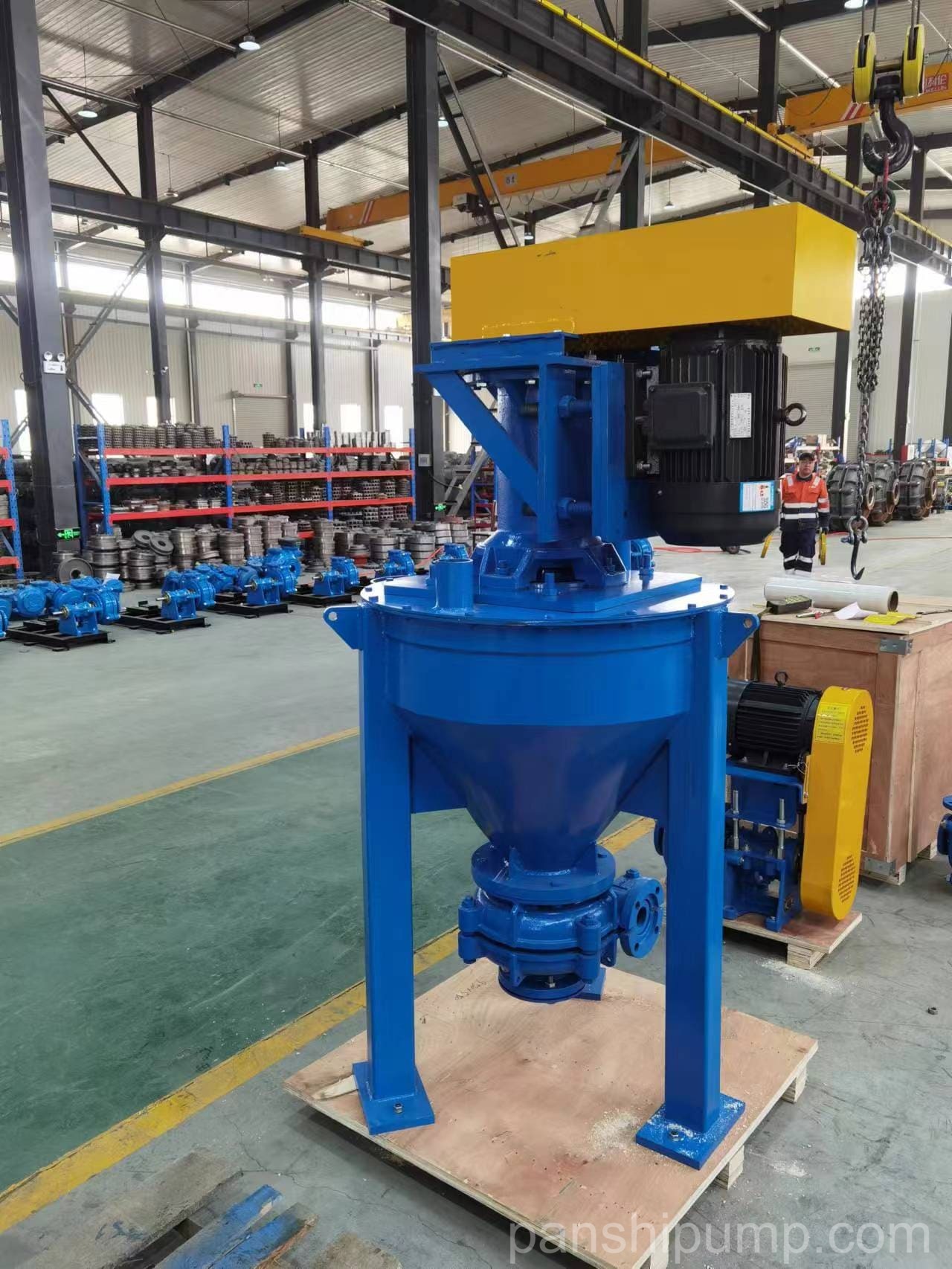
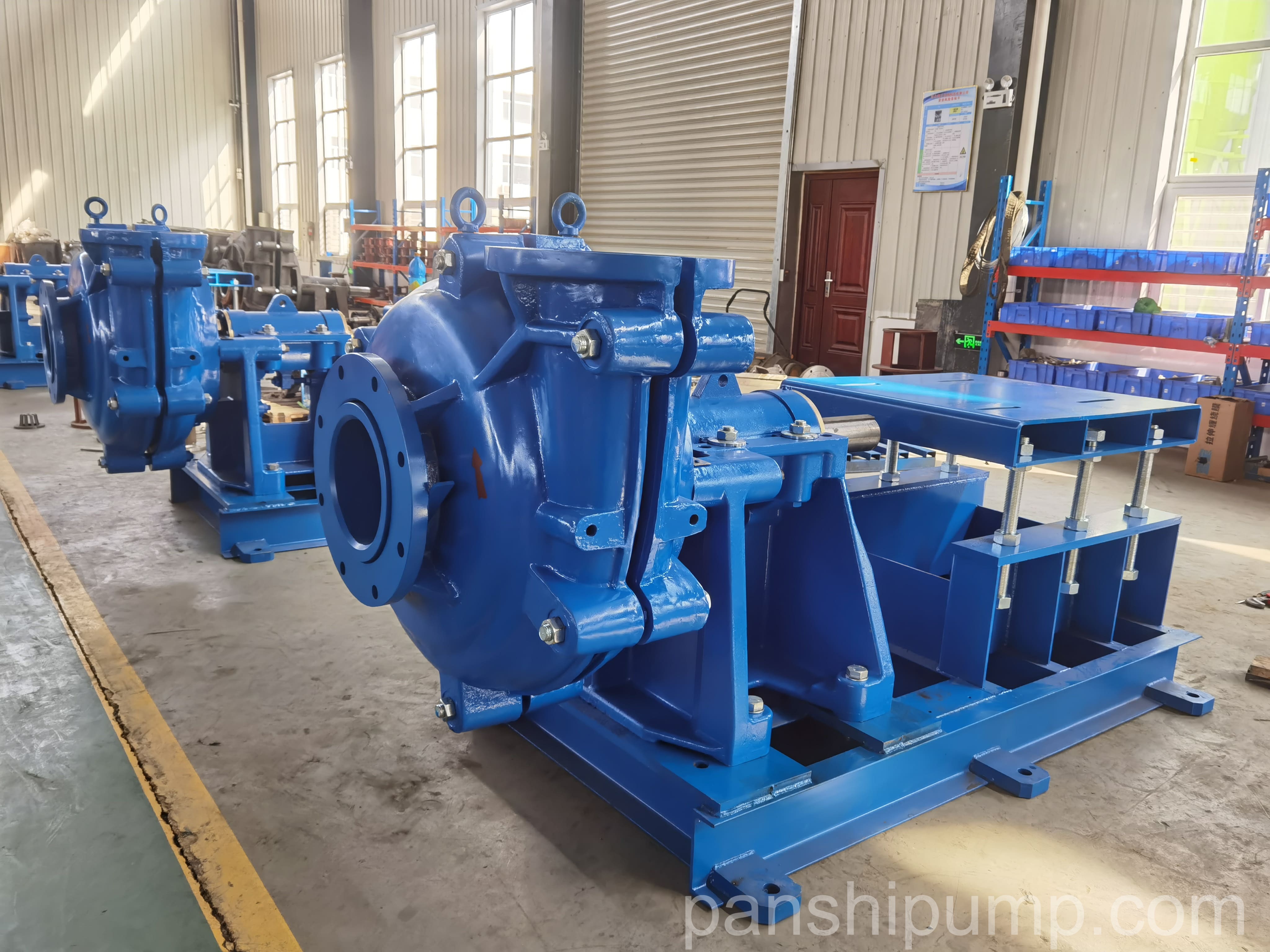
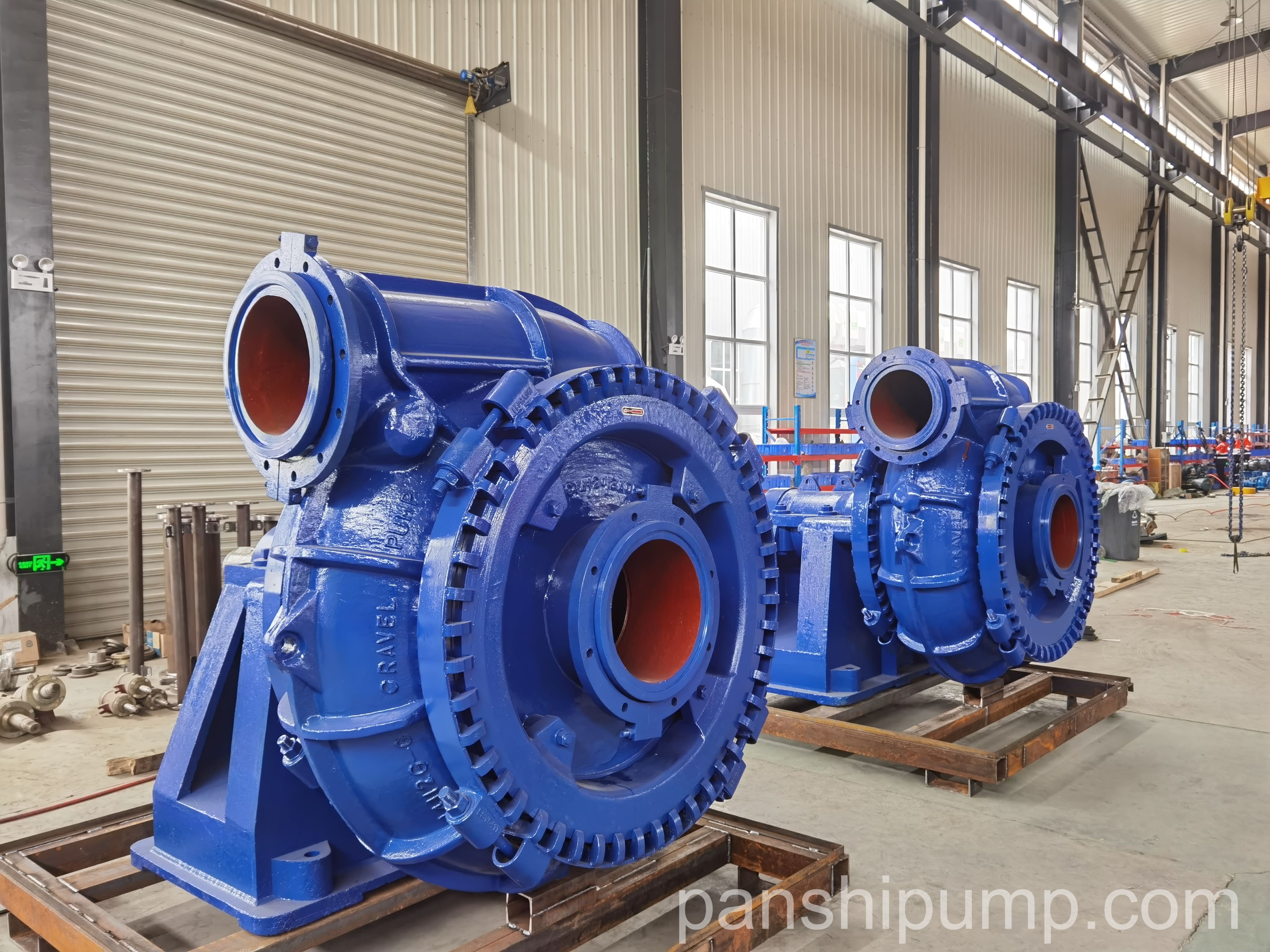
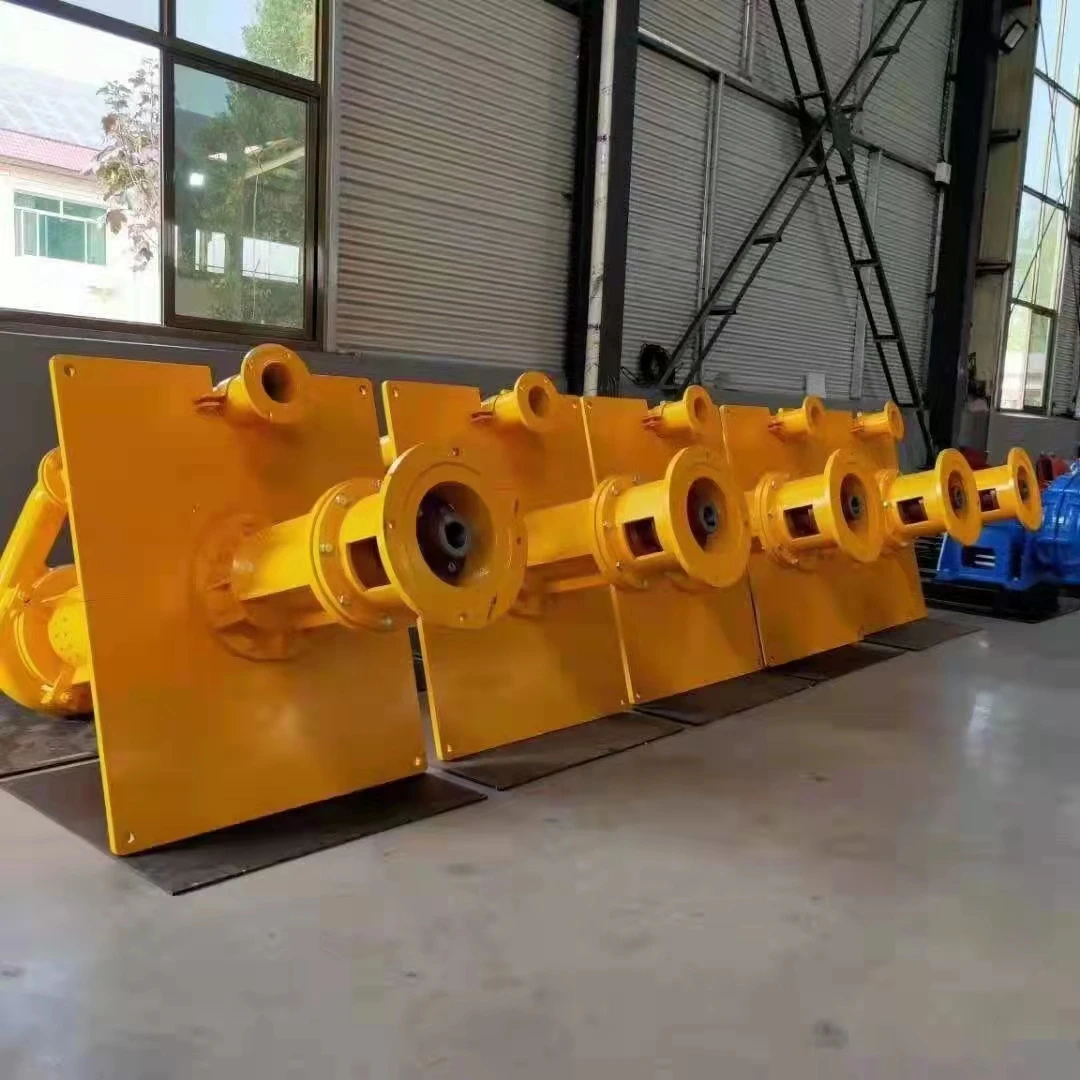
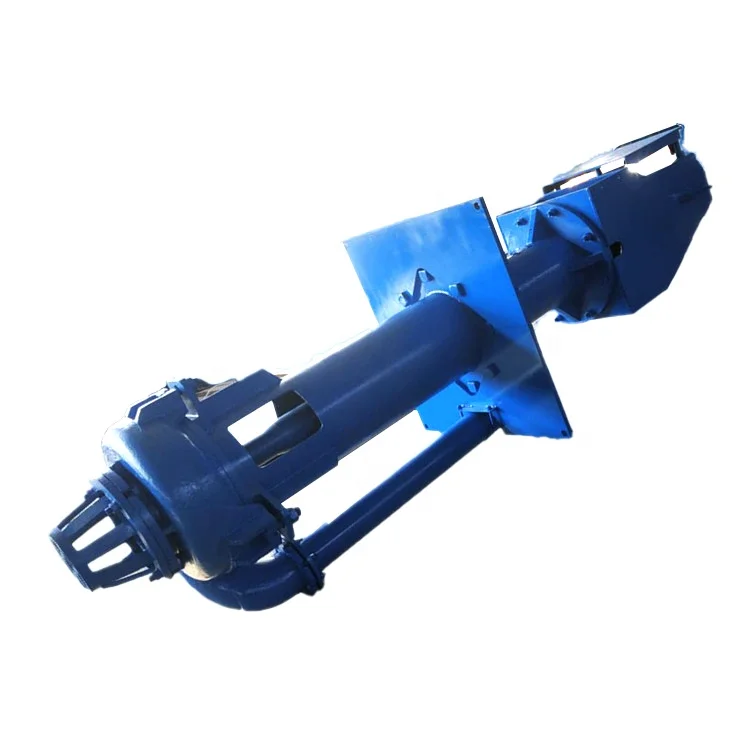
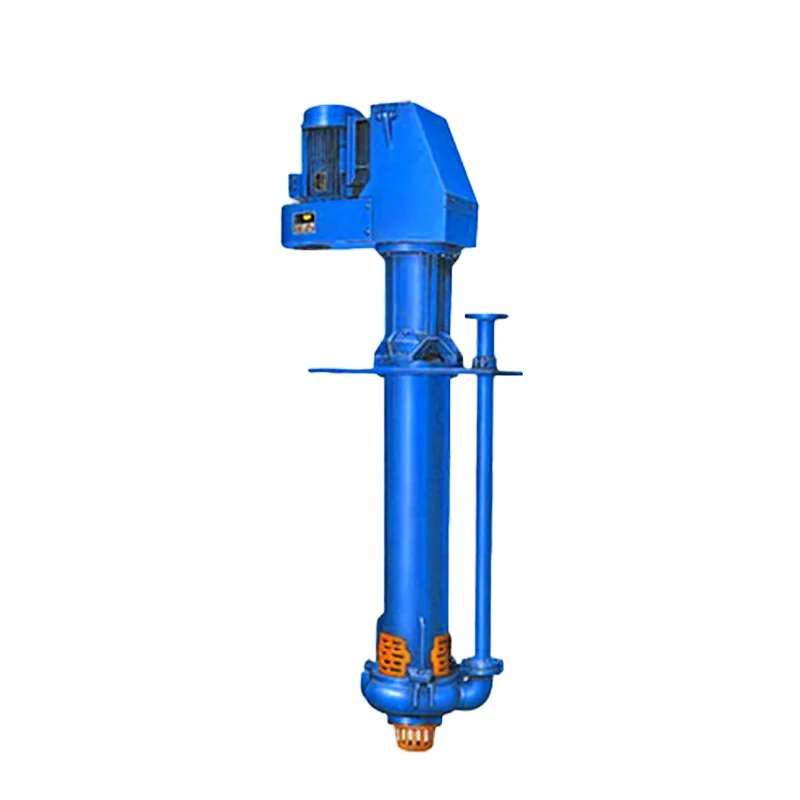
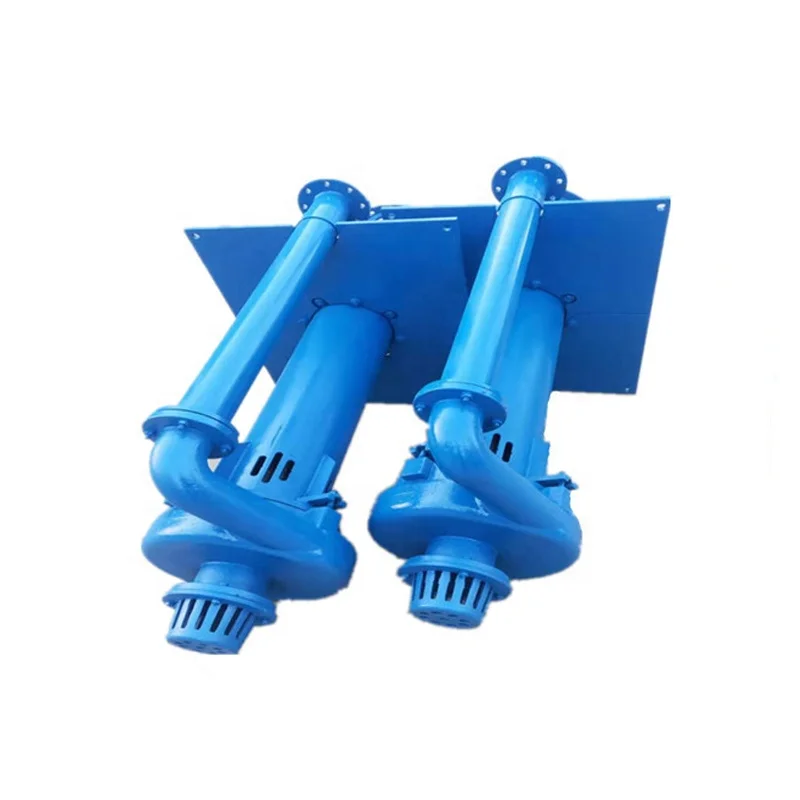
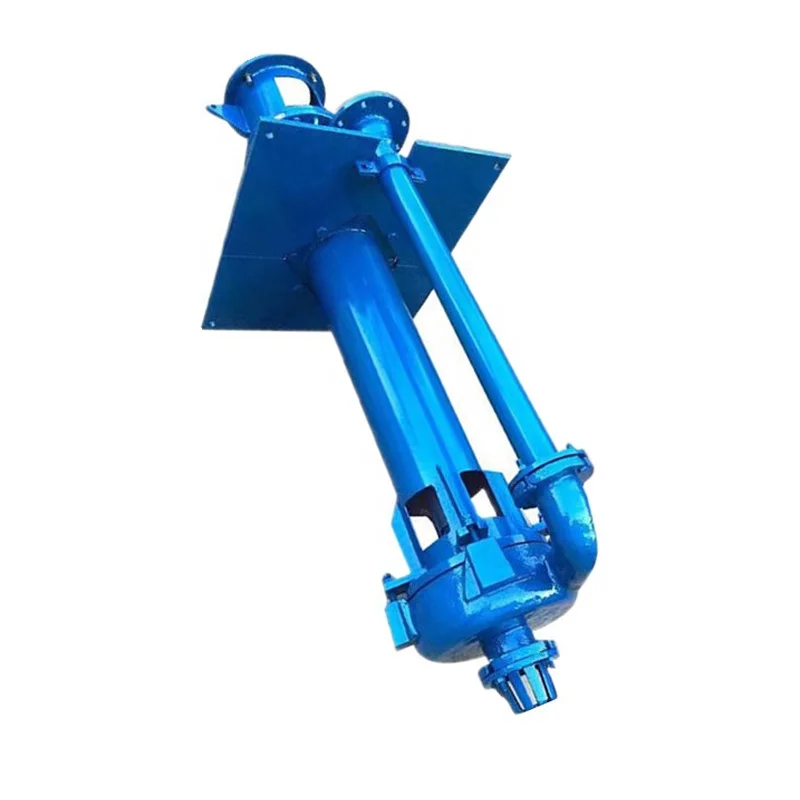
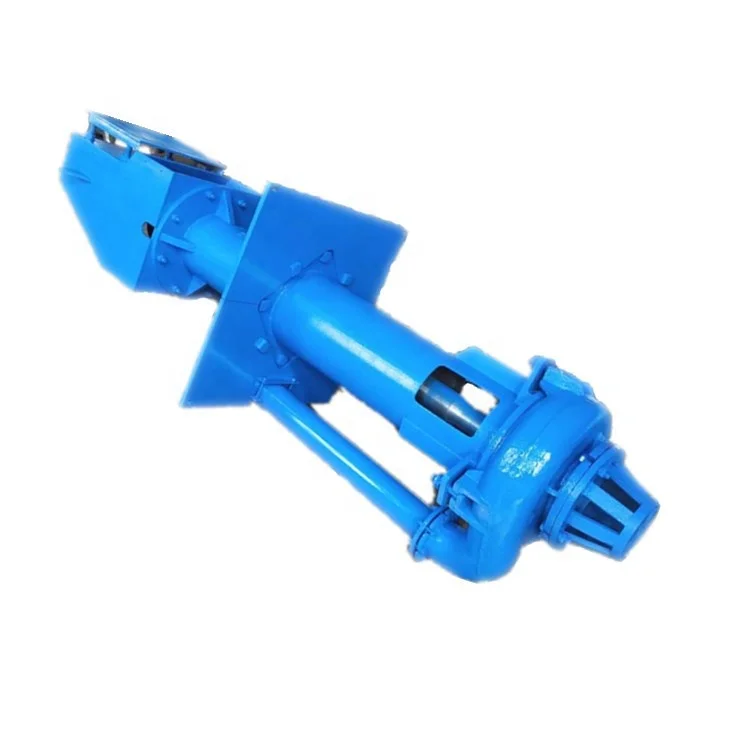
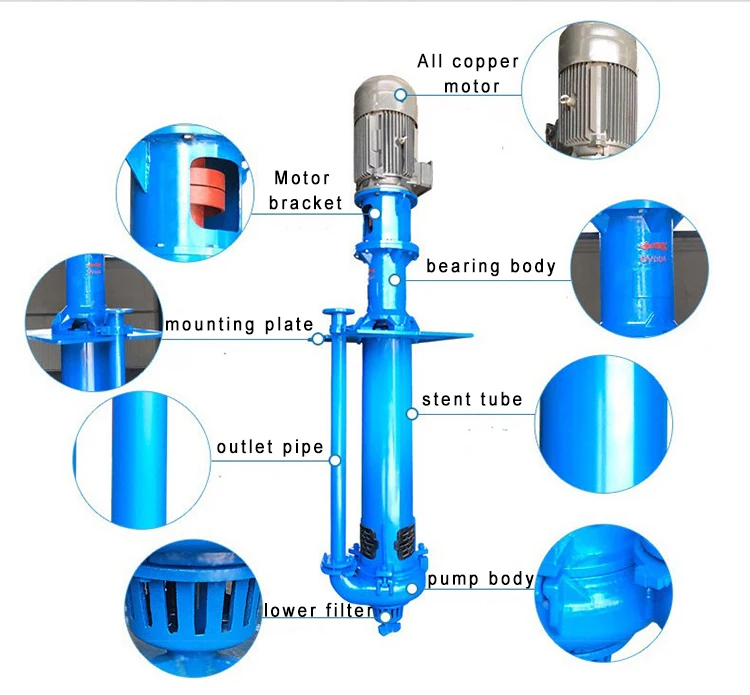
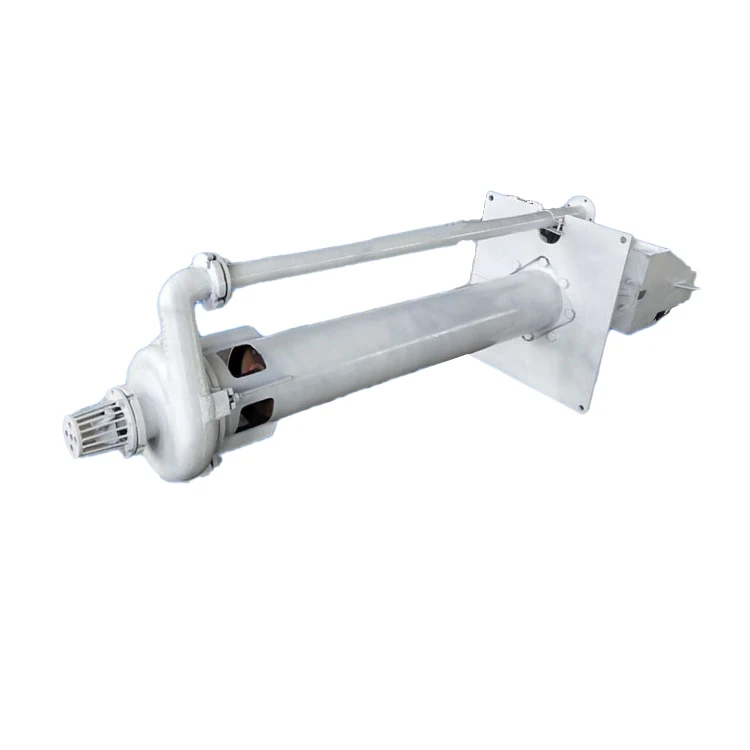
Please login to write a comment after